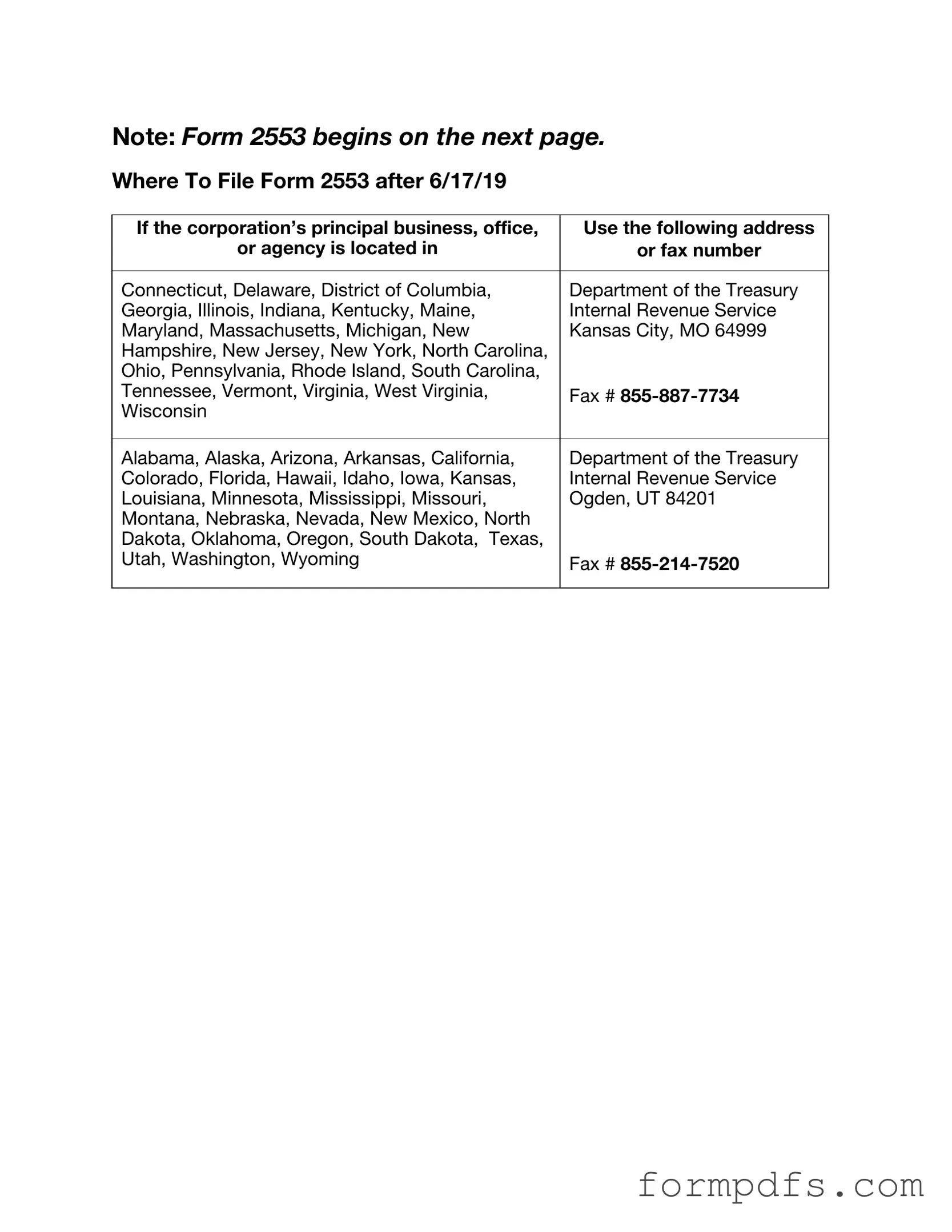What is the IRS Form 2553?
The IRS Form 2553 is used by small businesses to elect to be treated as an S Corporation for tax purposes. This election allows the business to avoid double taxation on corporate income. Instead of the corporation paying taxes on its income, the income is passed through to the shareholders, who report it on their individual tax returns. This can lead to tax savings for the business owners.
Who is eligible to file Form 2553?
To file Form 2553, a business must meet certain criteria. It must be a domestic corporation with no more than 100 shareholders. All shareholders must be individuals, certain trusts, or estates. Additionally, the corporation can only have one class of stock. If these requirements are met, the business can elect S Corporation status by submitting Form 2553 to the IRS.
When should Form 2553 be filed?
Form 2553 should be filed within 75 days of the beginning of the tax year in which the S Corporation election is desired. If a business wants to be treated as an S Corporation for the current tax year, it must submit the form on time. However, if you miss the deadline, there may be options to request late election relief, depending on the circumstances.
What happens after filing Form 2553?
After filing Form 2553, the IRS will review the application. If approved, the corporation will be classified as an S Corporation for tax purposes. The IRS will send a confirmation notice. It is essential to keep this notice with your business records. If the election is denied, the business will continue to be taxed as a C Corporation. In that case, it is advisable to consult a tax professional for guidance on next steps.
